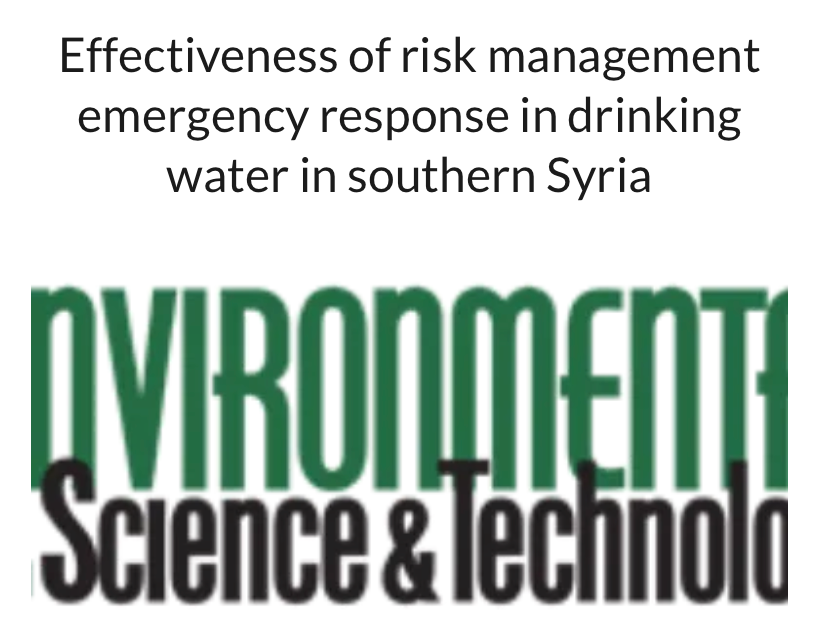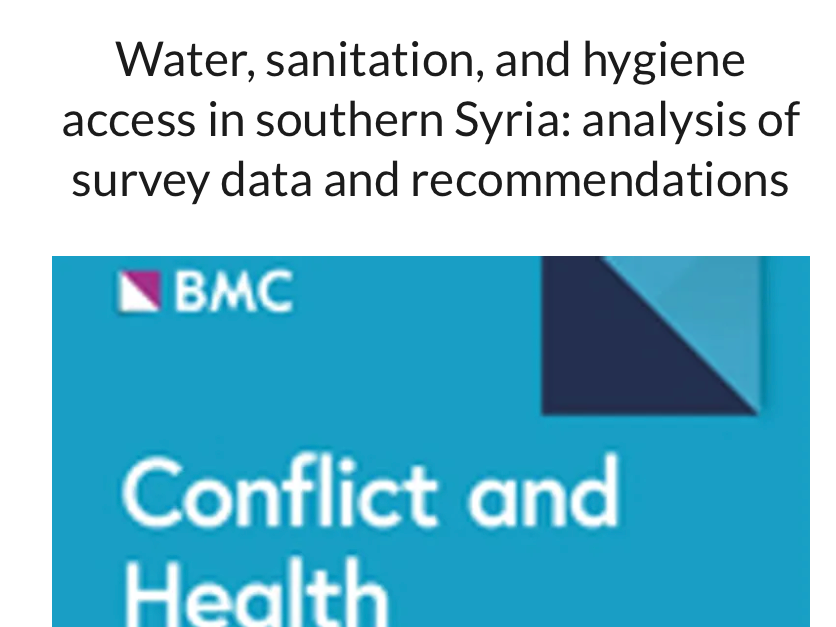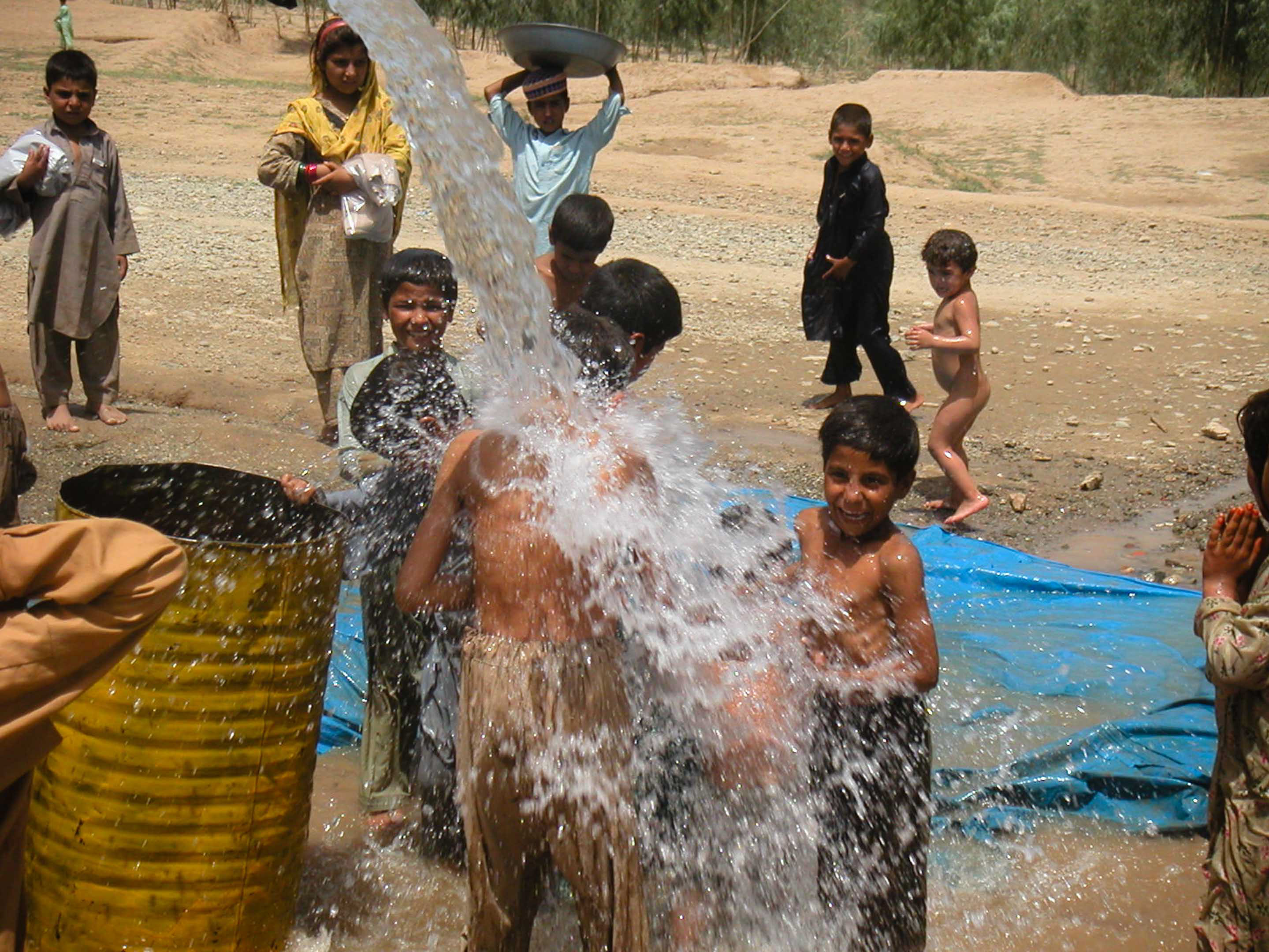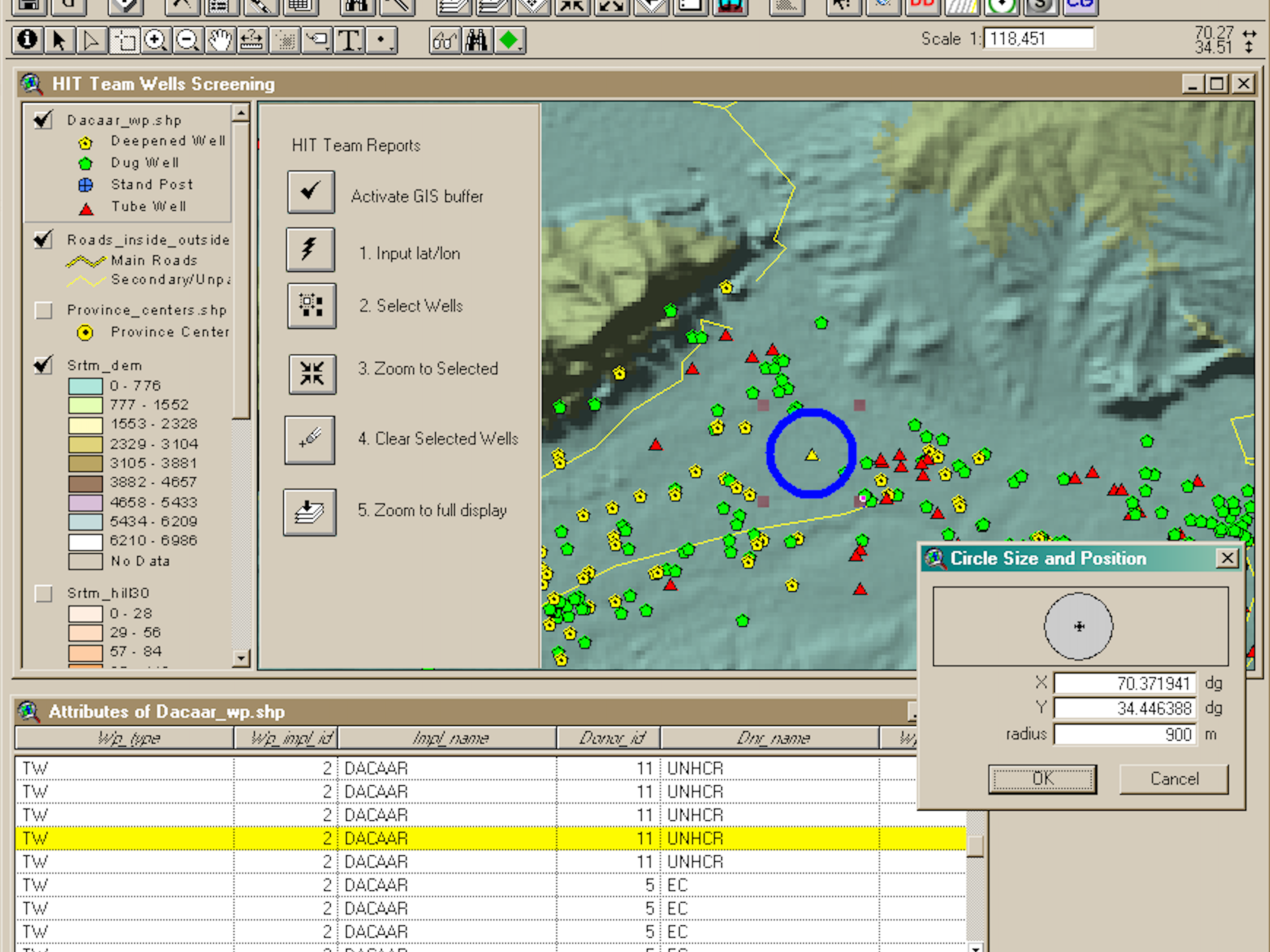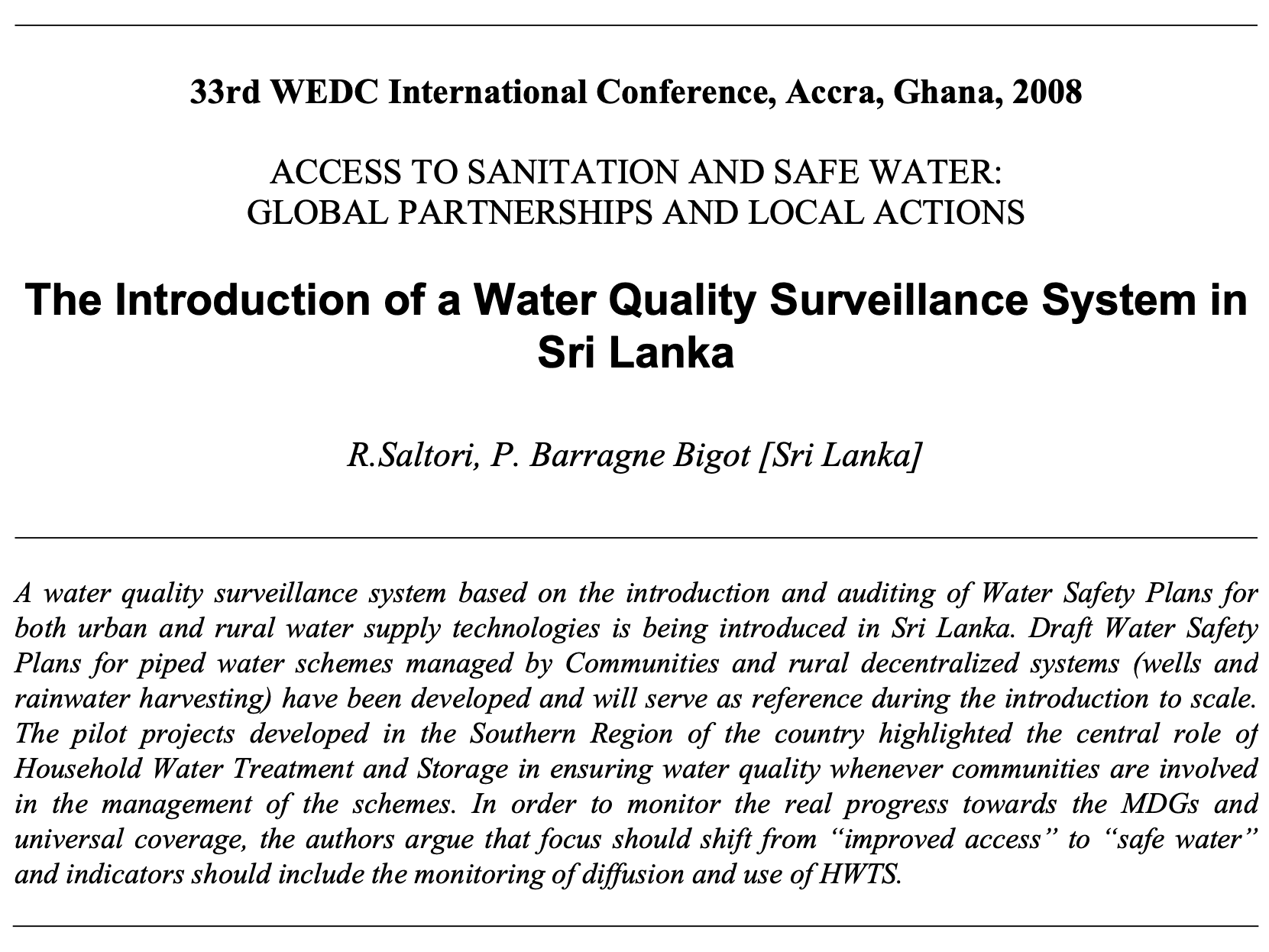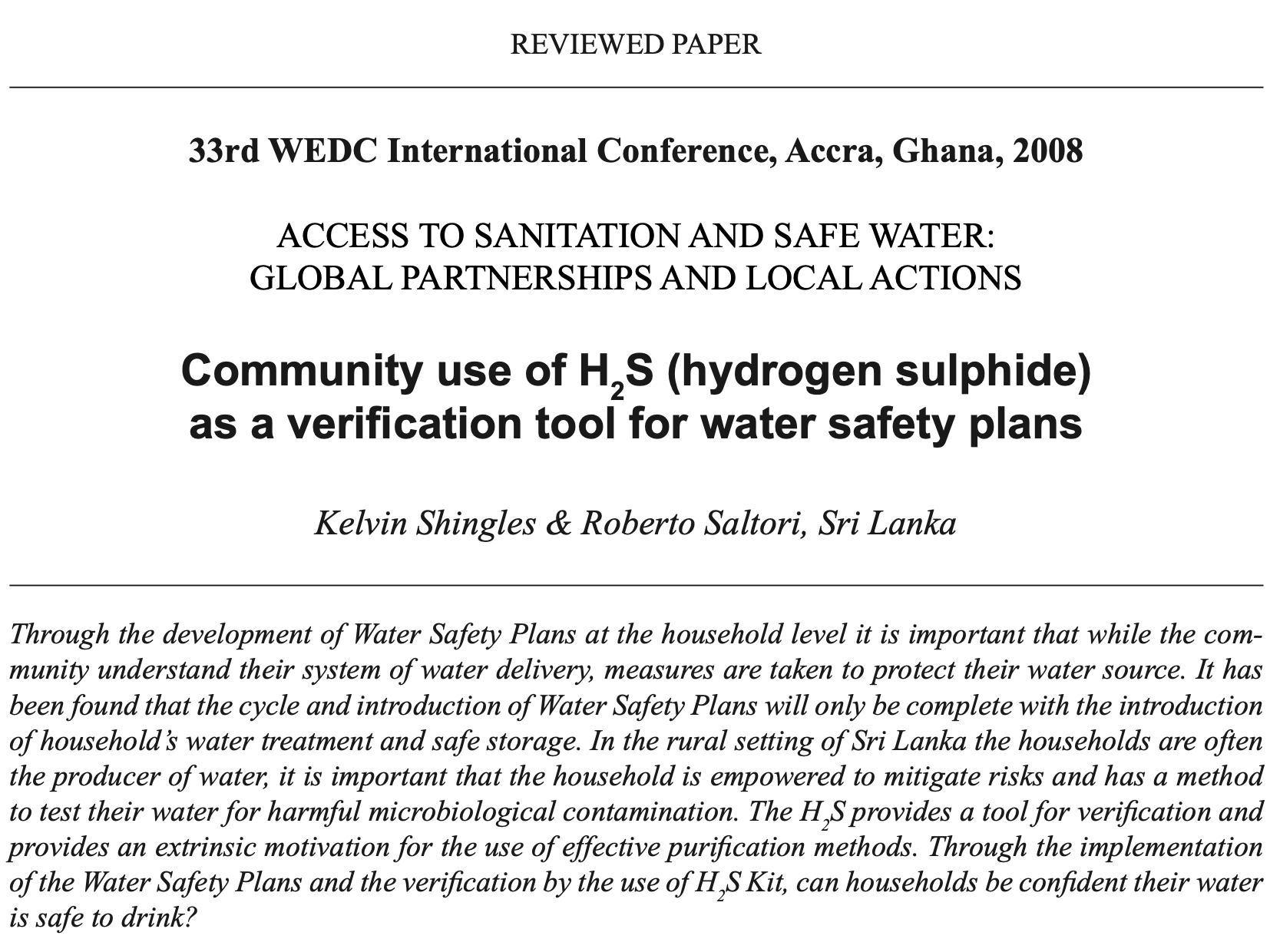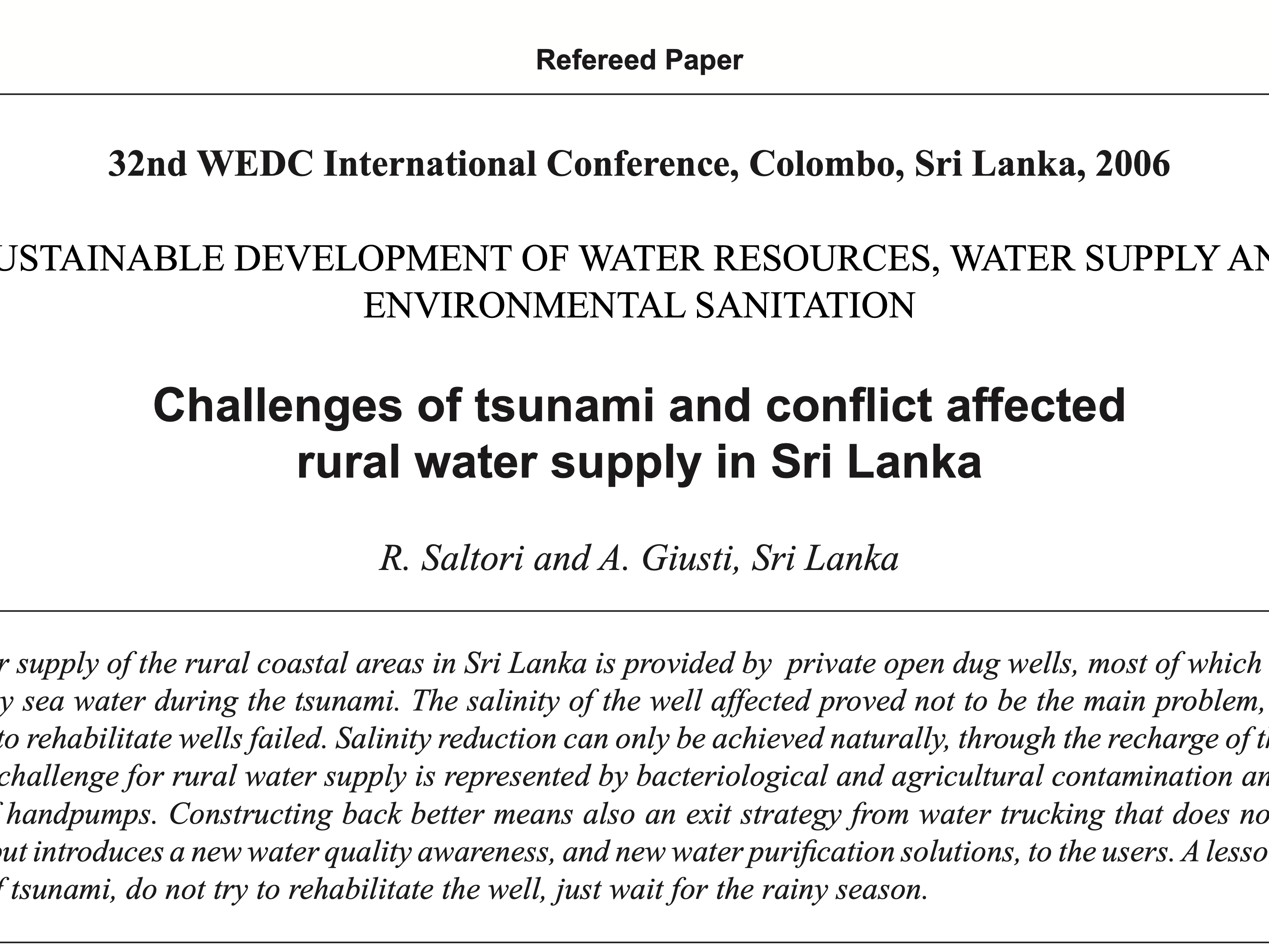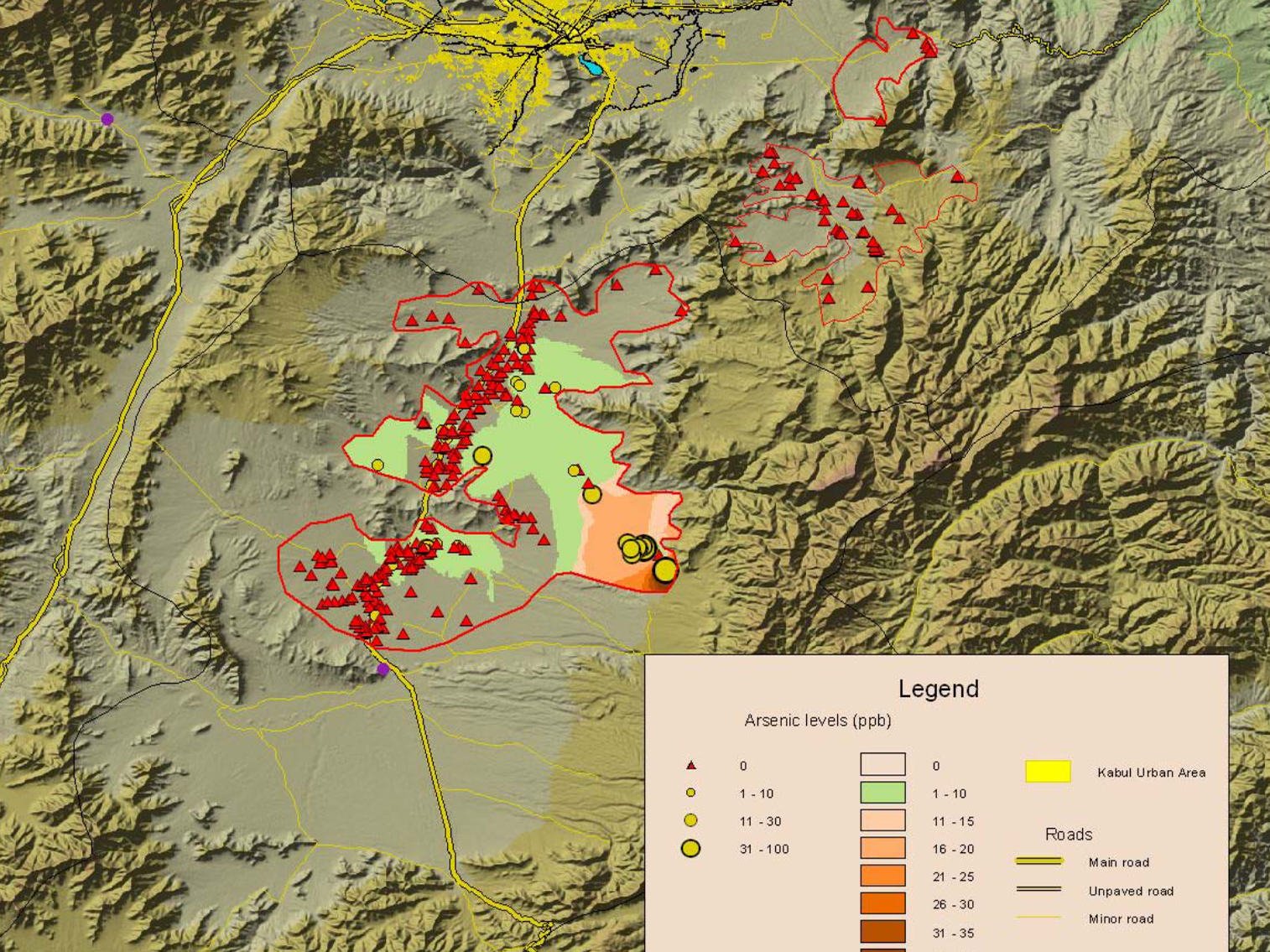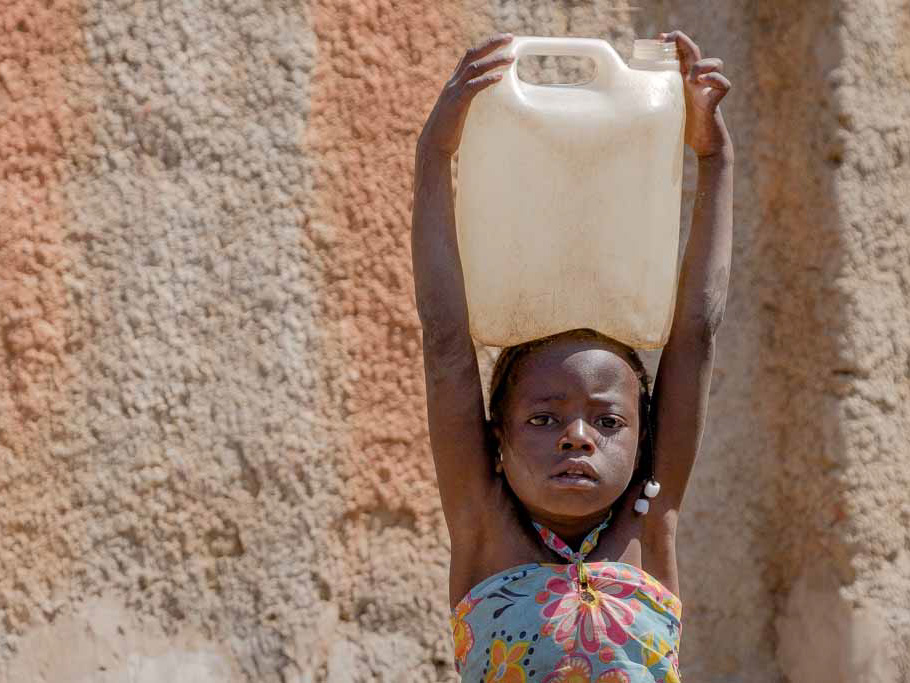Incredible as it may sound, Yemen is now experiencing its “water golden age”. In terms of water, Yemen is living well above its means. This is made possible by exploiting non-renewable groundwater. An inheritance created by nature over 10,000 years has been largely depleted over the past 50 years.
The country is rapidly approaching an era where only renewable water resources will be available. Such resources (rain, surface and shallow groundwater) fall at least one-third short of present water demand.
Those resources will have to be shared between agriculture and an ever-increasing demand for urban water supply. Given the extreme water scarcity in Yemen, the fulfilment of Sustainable Development Goal 6, which ensures access to water and sanitation for all, will require considerable reallocation of water resources from agriculture.
The battle for rational and equitable use of nonrenewable resources is lost: more can, and should, be done to ease the transition to a renewable-water-only world and to minimise the human cost, conflicts, and inequalities deriving from it.
This is in a context where water usufruct rights are unclear, and the traditional rules are unfit for purpose in the twenty-first century. The most problematic consequences of poorly defined water rights are inequitable distribution at the village level and conflicts of interest between agricultural users of water and urban water suppliers.

